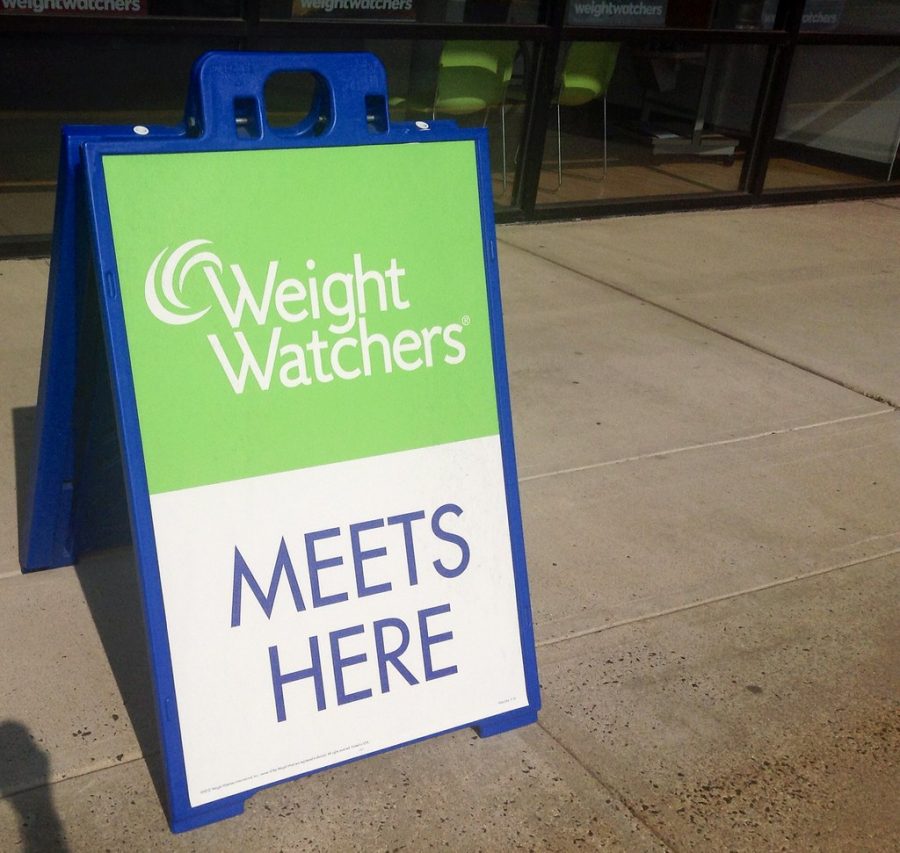OPINION: Weight Watchers’ new app for children is dangerous
The app could lead children toward a lifetime of disordered eating habits.
August 22, 2019
I was a fat kid. More so, I was an obese kid. I grew up in a family of women who used food to cope, and, by age nine, I did too.
Being an obese kid, I quickly learned all the tricks and trades of dieting. I would run laps around my mom’s car in sixth grade. I skipped meals and counted calories in seventh grade. I joined Weight Watchers in eighth and in high school, I missed most of school due to malnutrition.
It took me almost a decade to even consider letting myself eat without self-criticism and fear.
My relationship with food is still, for lack of a better term, wack.
When I heard the news that Weight Watchers released an app for children last week, I was terrified.
The app, Kurbo by WW, advertises itself as useful for children between the ages of 8 and 17.
Thankfully, children under 13 do need a parent to sign up for them. But the reality is that any of us who joined Facebook before we were 13 know how easy it is to sign up for these things anyway.
Keep in mind that puberty typically happens right in the middle of those ages, and that it’s fairly typical for girls to gain up to 55 pounds and boys up to 65 in that time.
For the sake of proper understanding, I downloaded Kurbo. I decided that I would be a 14-year-old girl who is 5 feet 6 inches tall and weighs 95 pounds, with a BMI of 15.8.
This should be classified as very underweight, but the app still allowed me to choose the goal of “lose weight” from its goal list, which also includes “eat healthier,” “feel better in my clothes,” “have more energy,” and “make parents proud.”
Kurbo replaces the typical Weight Watchers design of using “points” to track foods, with a “traffic light system.” Reds are foods one should avoid, like desserts and fried foods. Yellow ones are to be eaten in moderation, foods like chicken and grains. Greens, fruits and vegetables, are foods to be eaten freely.
While, essentially, I understand this approach, I quickly found out that relatively healthy foods like peanut butter and olive oil, were listed as “reds.” And as someone who cut out healthy dietary fats at a young age simply because they had a high calorie count, and still to this day has to force myself to cook with any oil at all, I found this deeply upsetting.
After all, a basic level of nutritional knowledge will tell you that dietary fats are necessary to live.
Childhood obesity is a growing problem in America. But Kurbo’s approach is wrong.
Children should not be tracking their meals or be held responsible for their diets. If a child is unhealthy, it is likely that the family is unhealthy, and guardians should be conscious of encouraging healthy eating habits. And, in some cases, healthy diets are impossible to achieve due to socioeconomic status.
Pushing diets on children is both unfair because children are not responsible for the majority of their lives and dangerous due to their already existing vulnerability to low self-esteem.
Kurbo just seems like another way for a child to learn how to build up a negative association with certain food groups, which could take them years, if not lifetimes, to undo.

































































































































